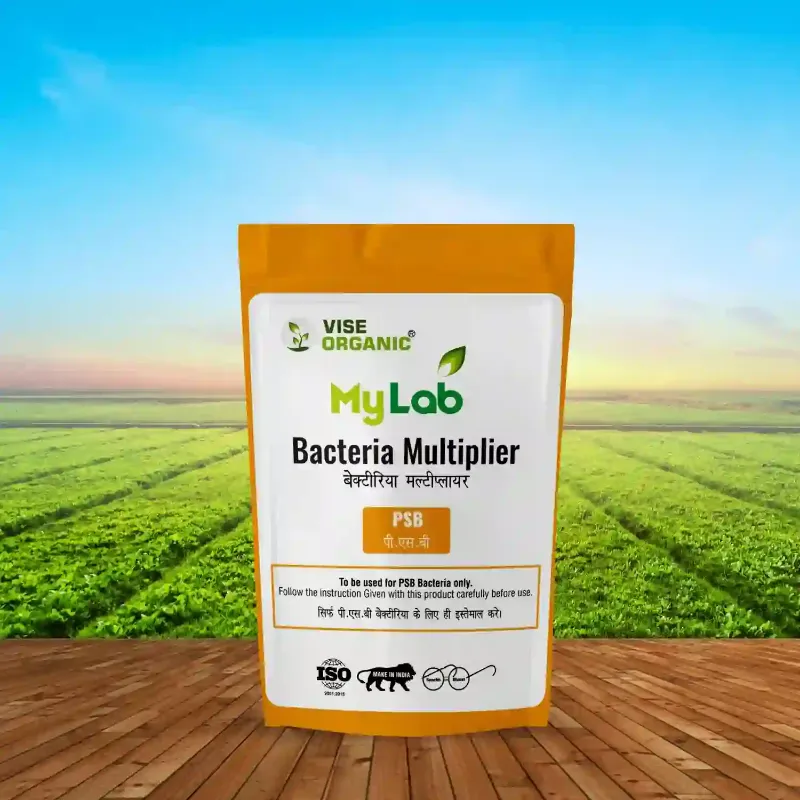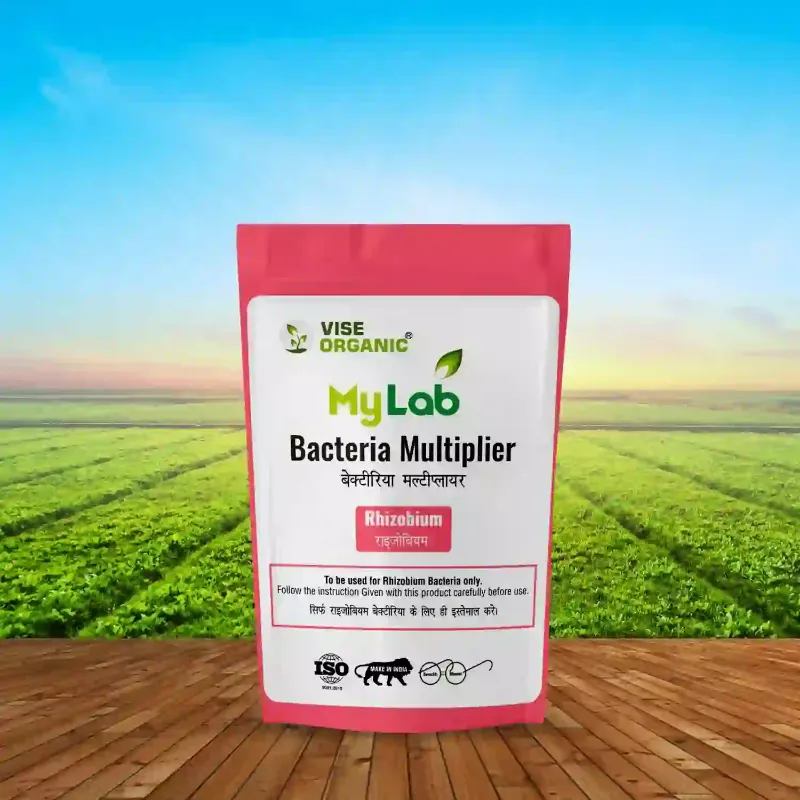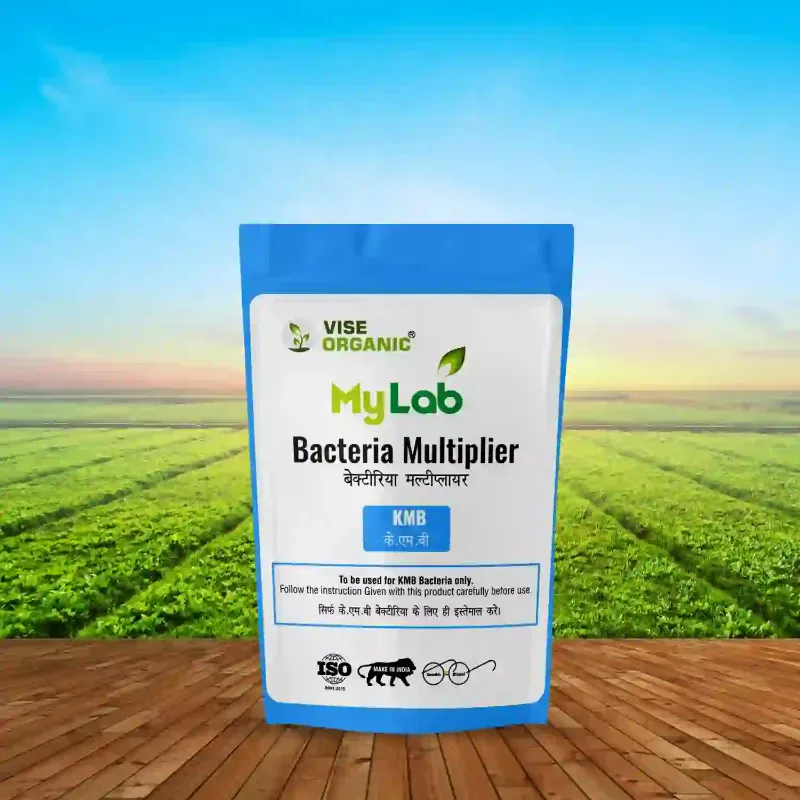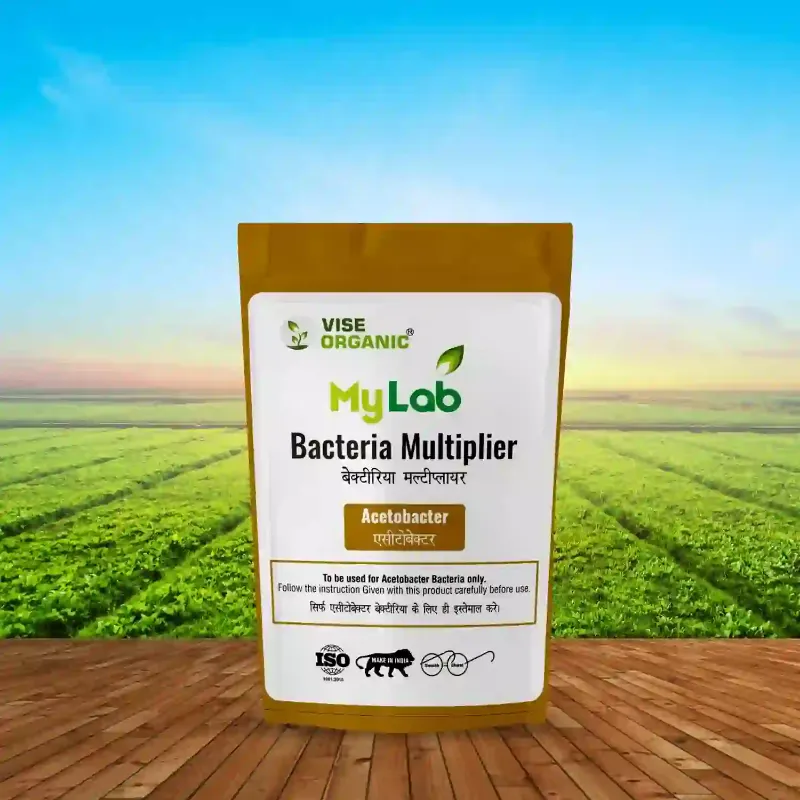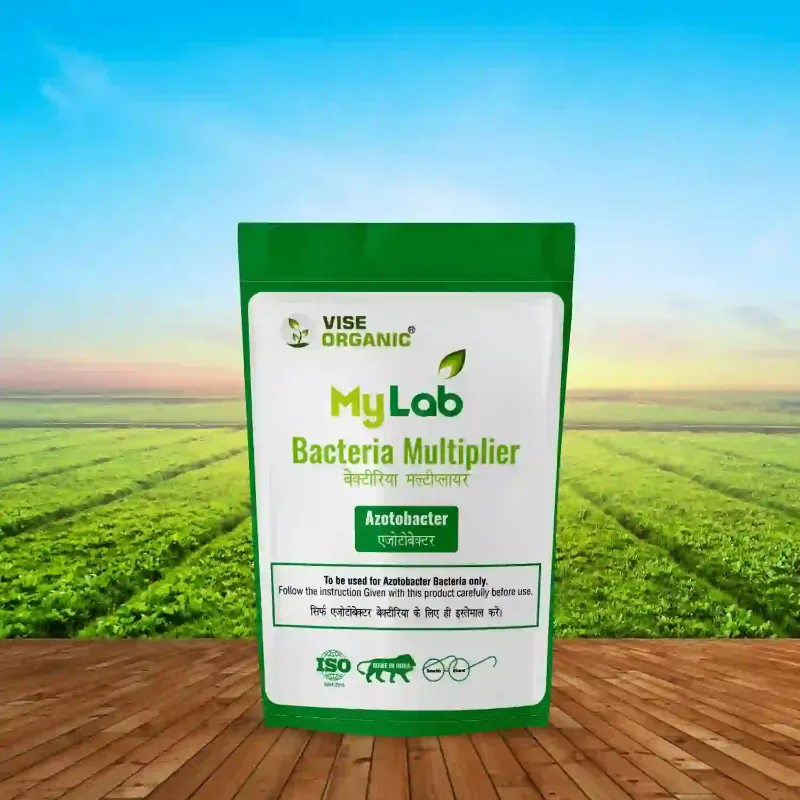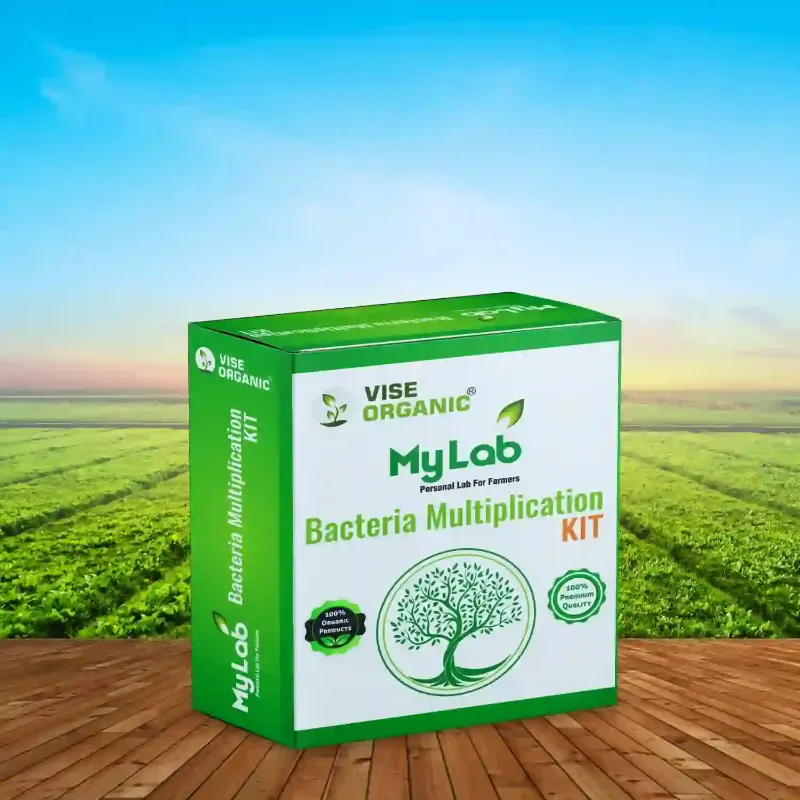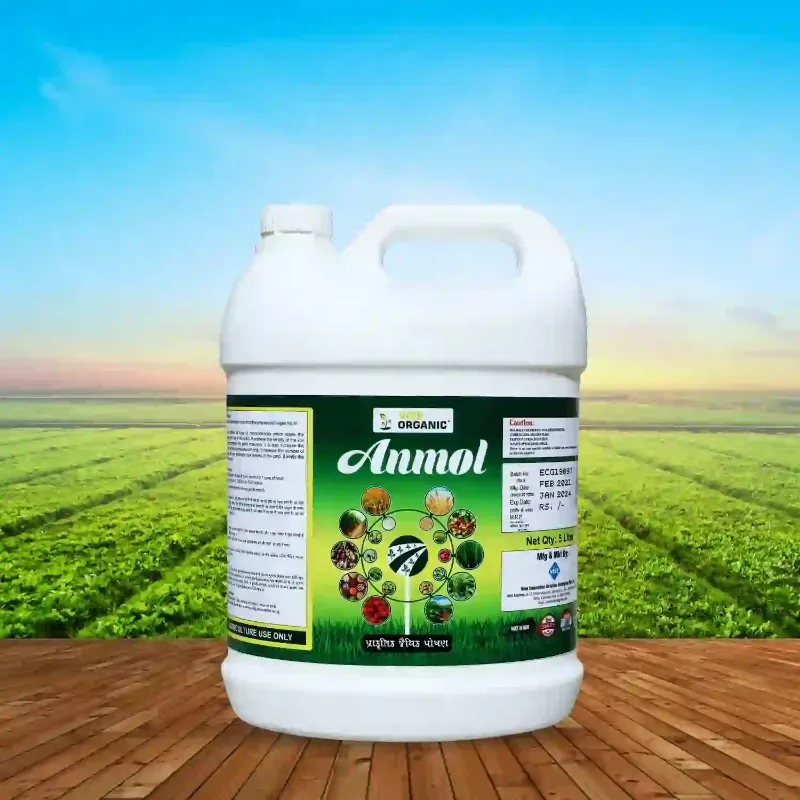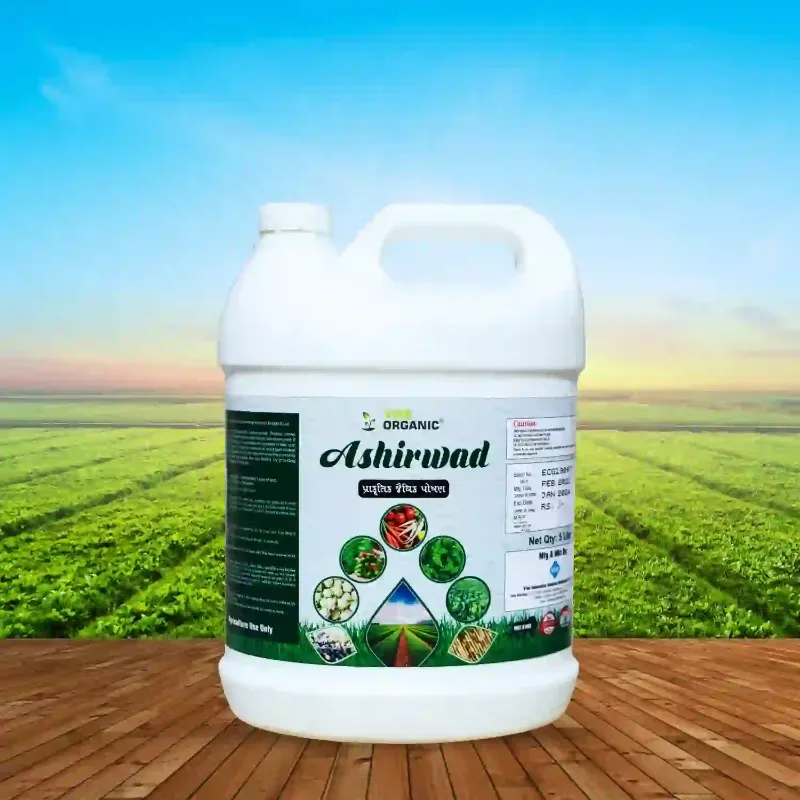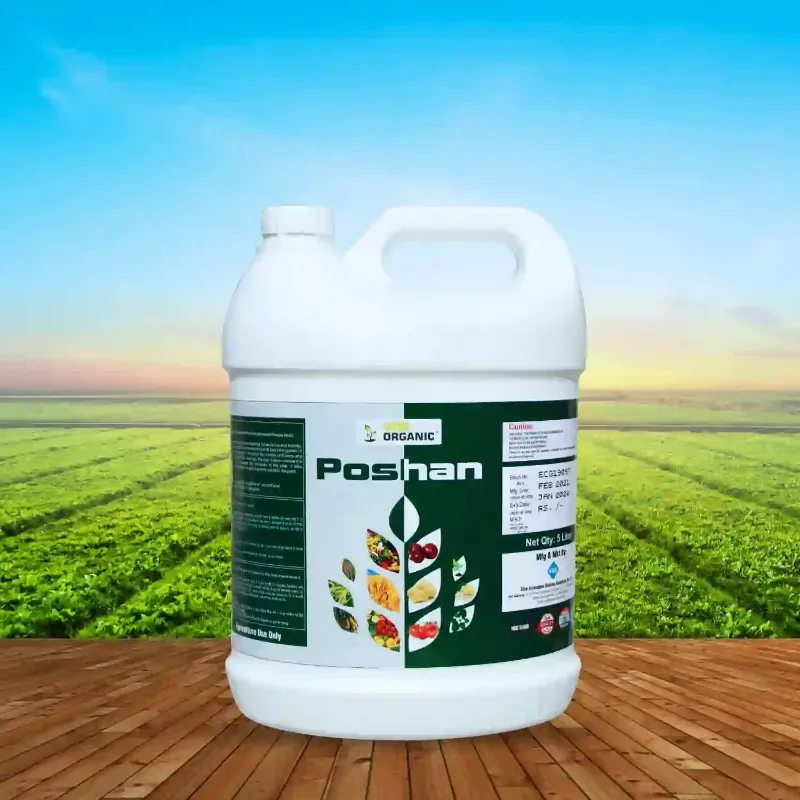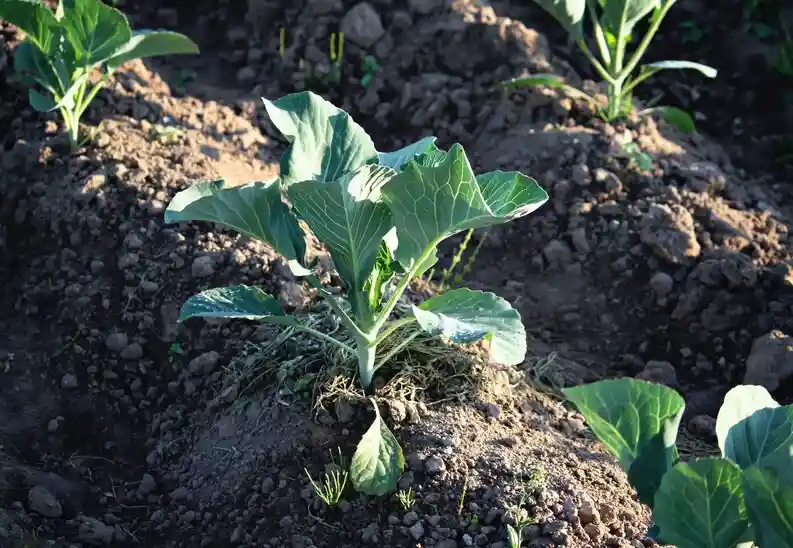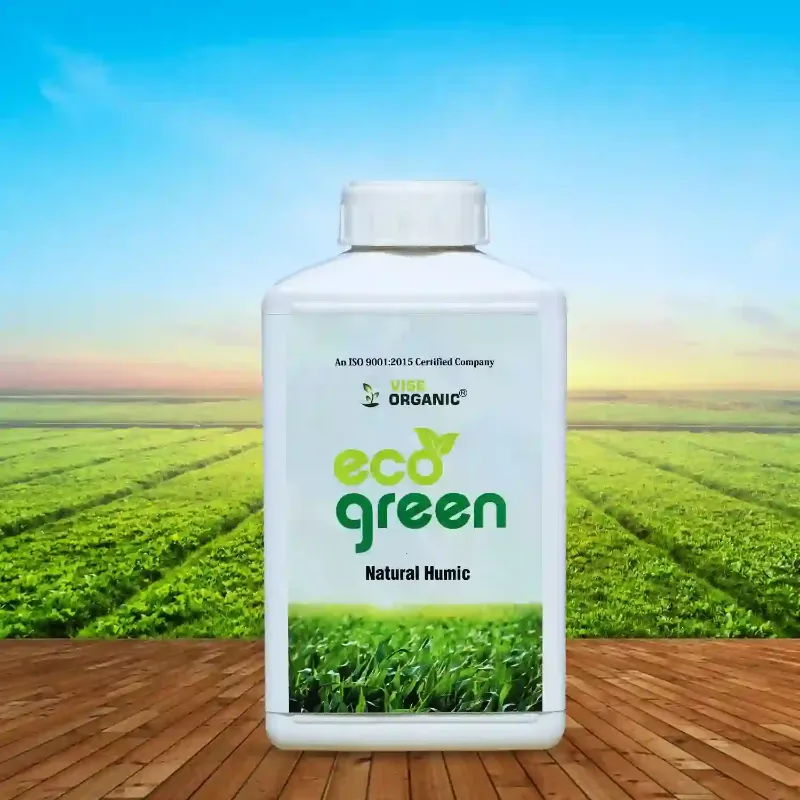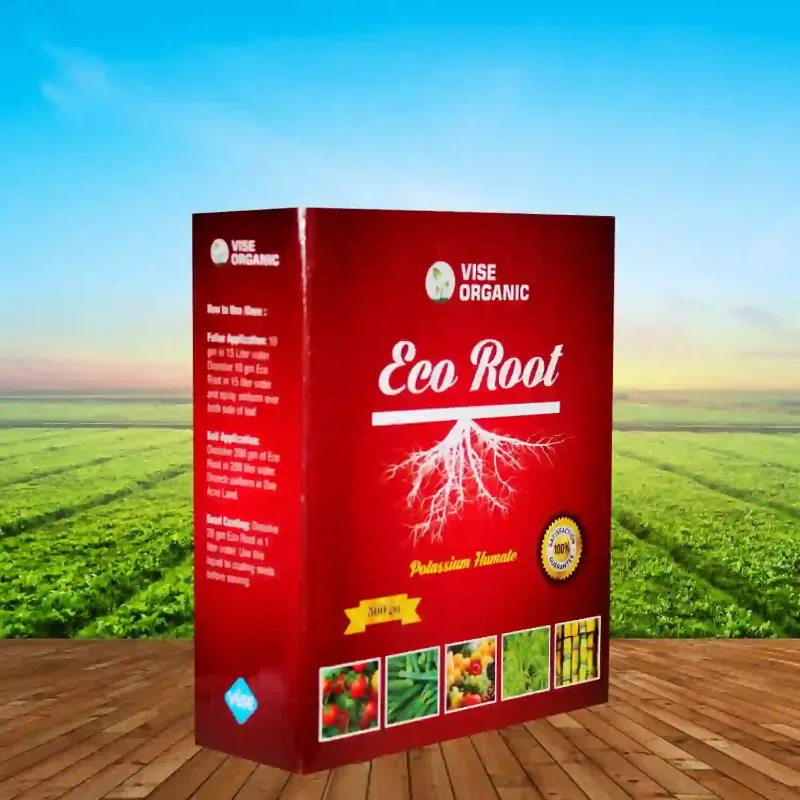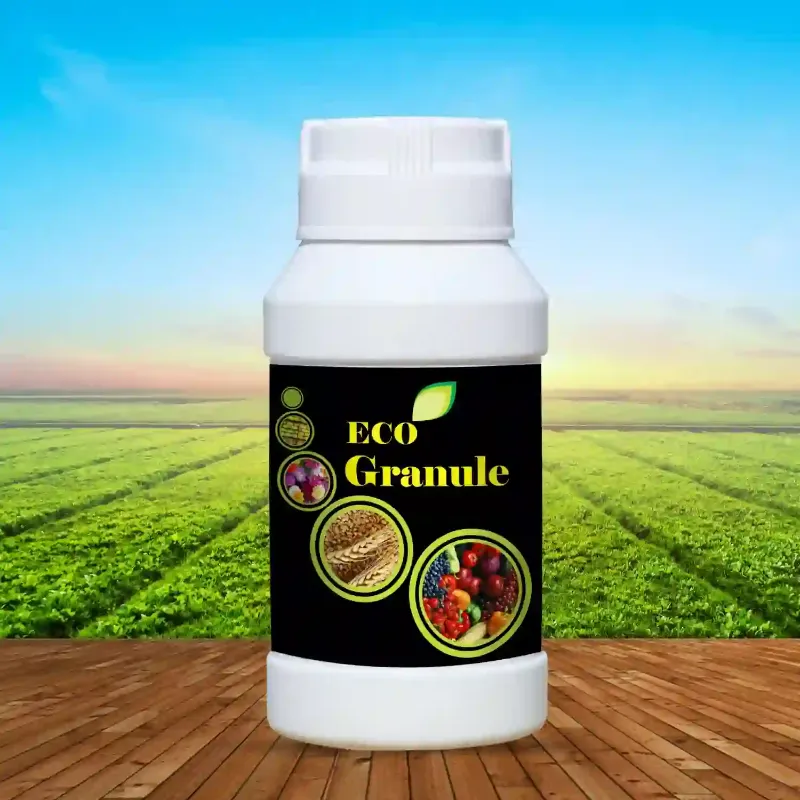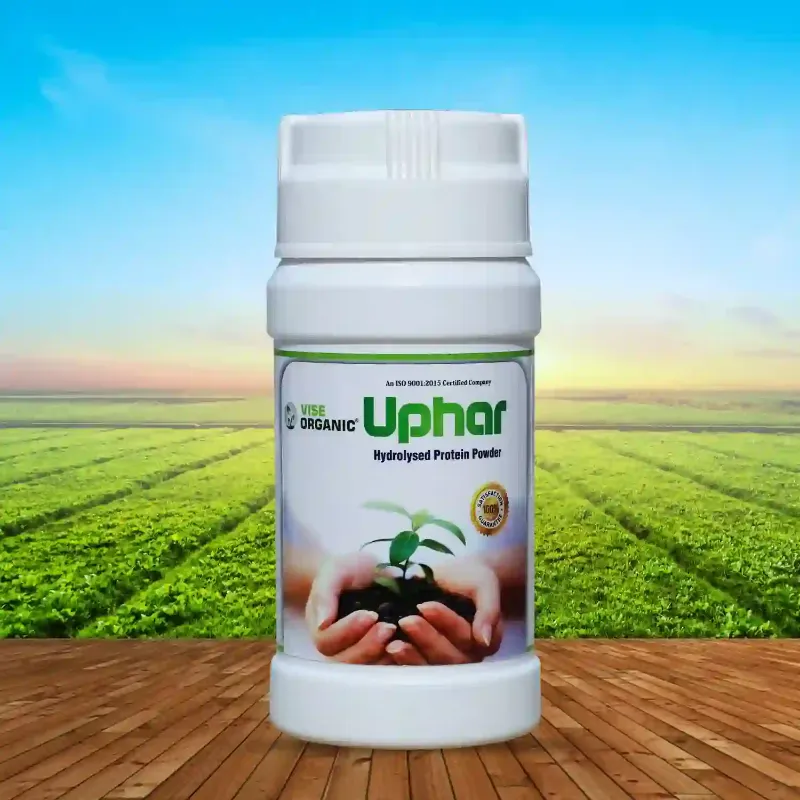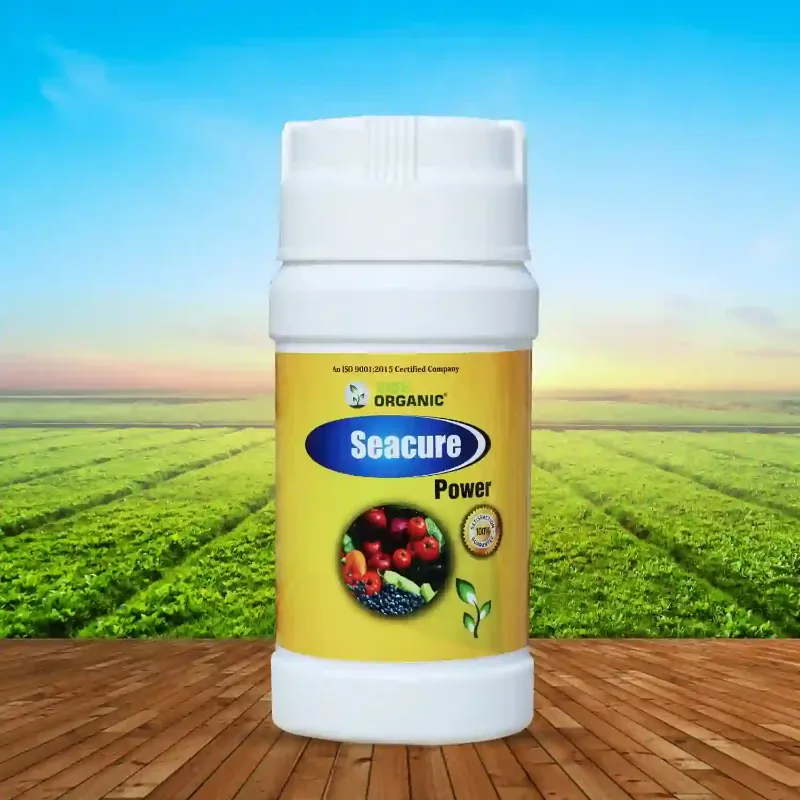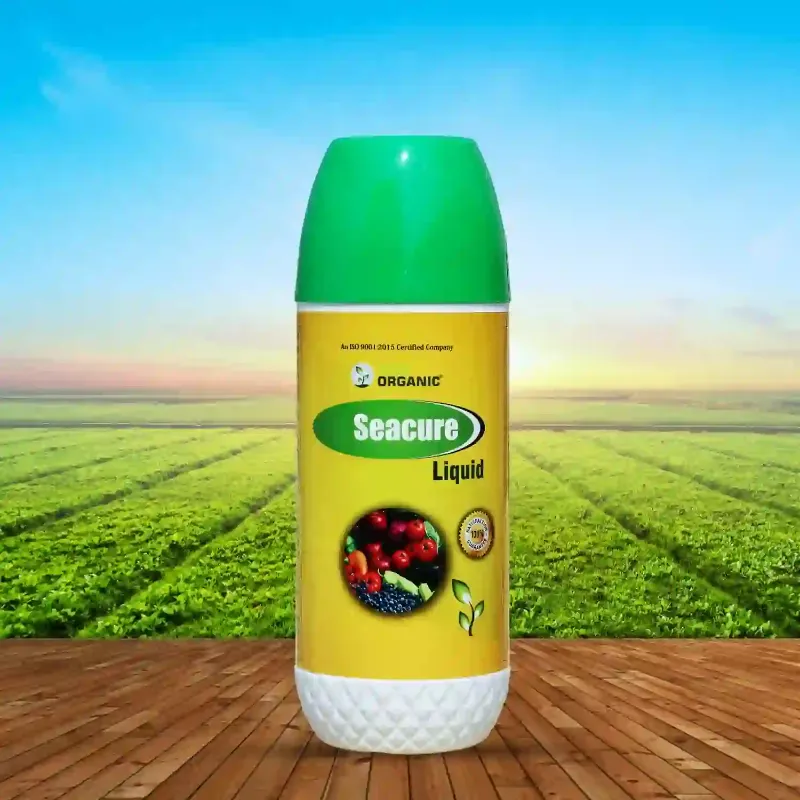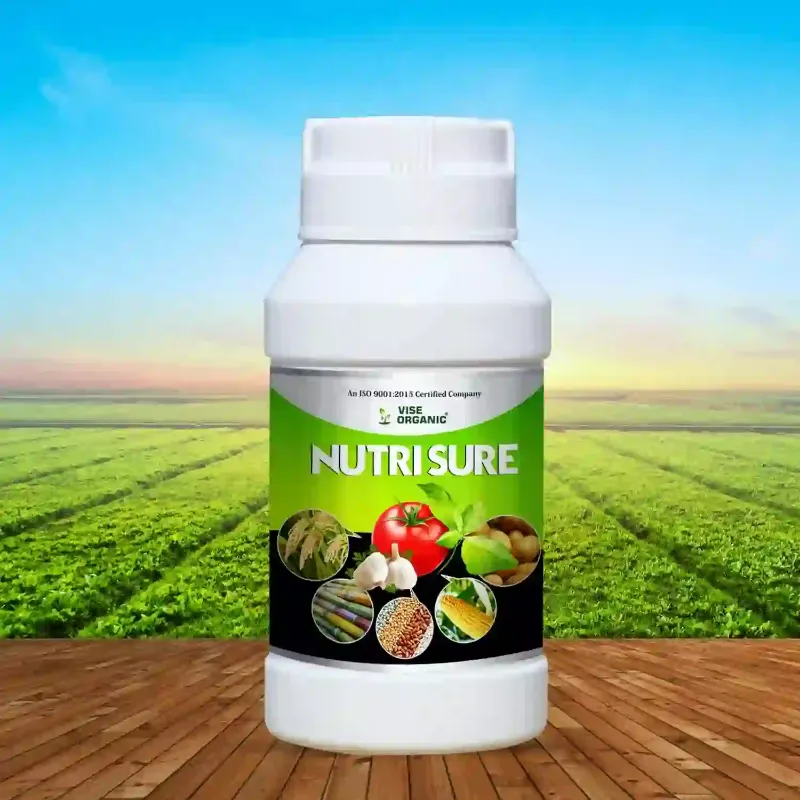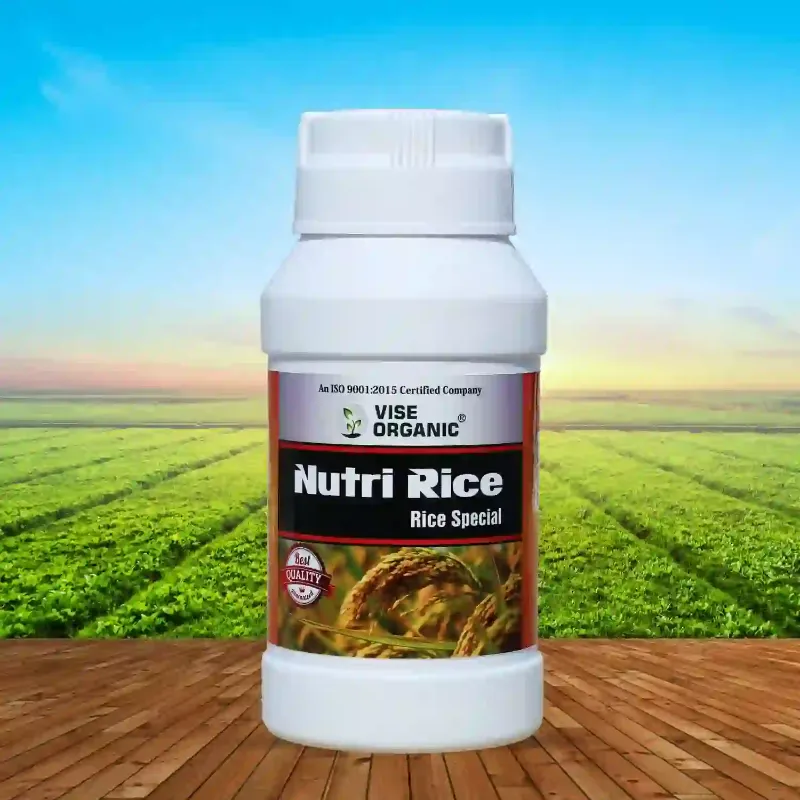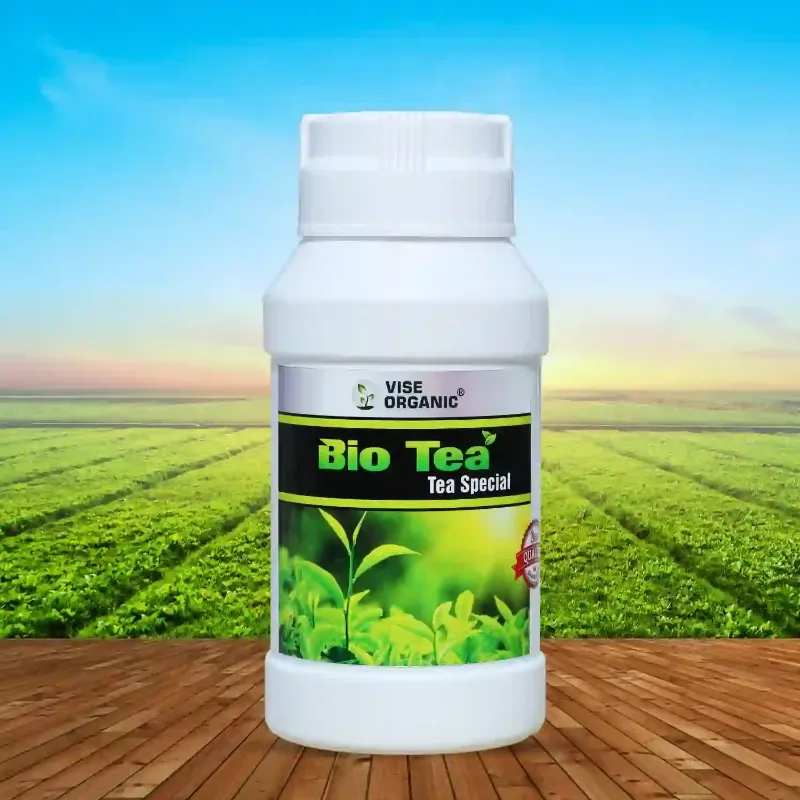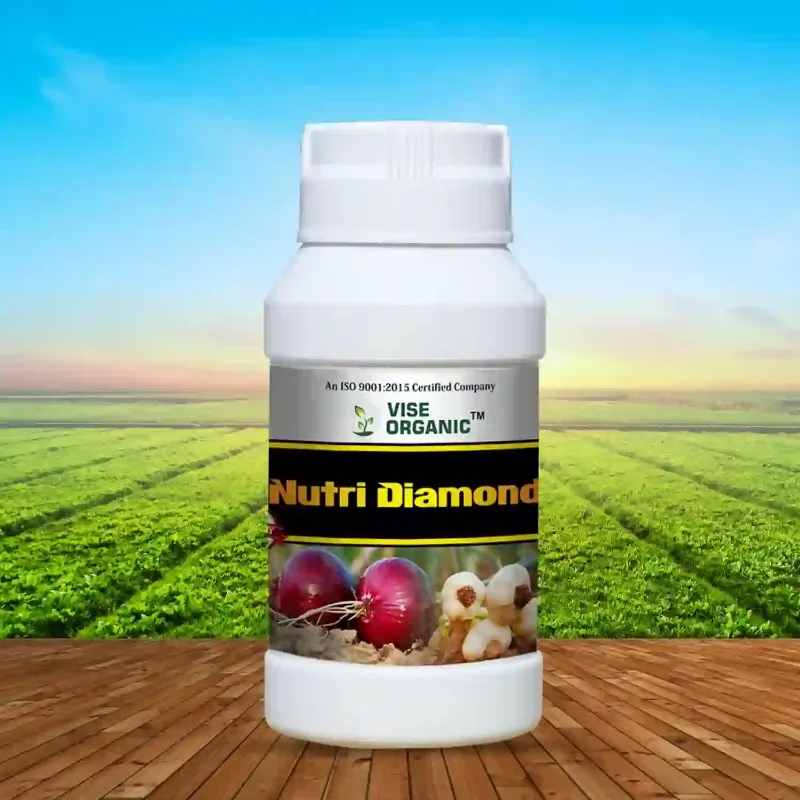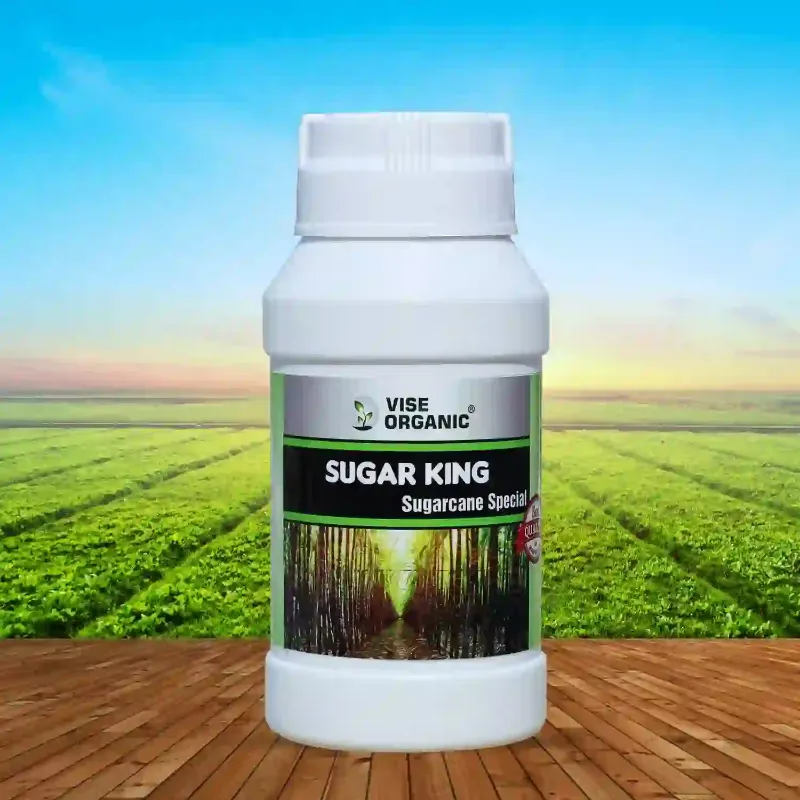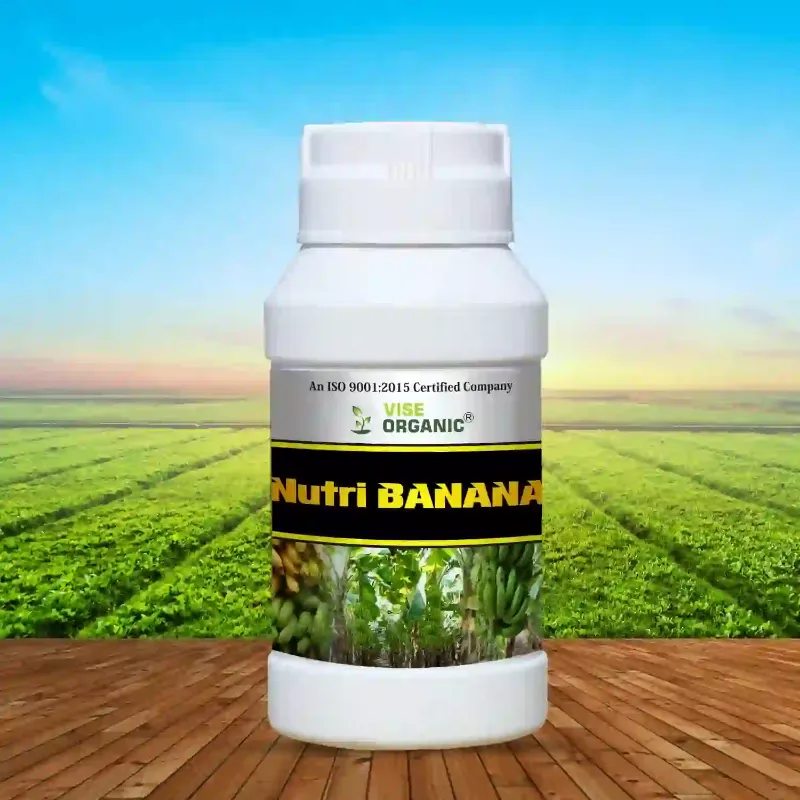In the world of gardening, the choice of fertilizer plays a crucial role in nurturing healthy, thriving plants. While traditional fertilizers have been a staple for many gardeners, slow-release fertilizers offer a unique approach to providing nutrients to plants over an extended period. Understanding the differences between slow-release fertilizers and traditional fertilizers, as well as knowing when to use each type, is essential for optimizing plant nutrition and promoting sustainable gardening practices.
Slow-Release Fertilizers vs. Traditional Fertilizers
– Traditional fertilizers, also known as quick-release or soluble fertilizers, deliver nutrients to plants in a readily available form that is immediately accessible upon application. These fertilizers dissolve quickly in water, releasing nutrients rapidly to plants’ root systems. Slow-release fertilizers release nutrients gradually over an extended period, providing plants with a sustained supply of nutrients over time. These fertilizers achieve the slow-release mechanism through technologies like coated granules, controlled-release capsules, or organic materials that decompose slowly in the soil.
Benefits of Slow-Release Fertilizer
– Slow-release fertilizer offer several advantages over traditional fertilizers. By releasing nutrients gradually, slow-release fertilizer provide a steady and sustained supply of nutrients to plants, minimizing the risk of nutrient leaching and runoff. This helps prevent nutrient imbalances in the soil and reduces the frequency of fertilizer applications, resulting in labor and cost savings for gardeners. Additionally, slow-release fertilizer promotes more efficient nutrient uptake by plants, releasing nutrients in sync with plant demand, which leads to improved plant growth and health.
When to Use Slow-Release Fertilizer
– Slow-release fertilizers are particularly beneficial in situations where a long-lasting and consistent supply of nutrients is desired. They suit well for use in container gardening, landscape beds, and ornamental plantings where frequent fertilizer applications may not be practical or feasible. Plants with moderate to low nutrient requirements also recommend slow-release fertilizer because it provides a balanced and sustained nutrient supply without the risk of over-fertilization.
In conclusion, slow-release fertilizer offer a sustainable and efficient approach to providing nutrients to plants, delivering benefits such as reduced nutrient leaching, improved nutrient uptake, and cost-effective nutrient management. By understanding the differences between slow-release fertilizer and traditional fertilizers and knowing when to use each type, gardeners can optimize plant nutrition, promote healthy plant growth, and adopt environmentally responsible gardening practices.

